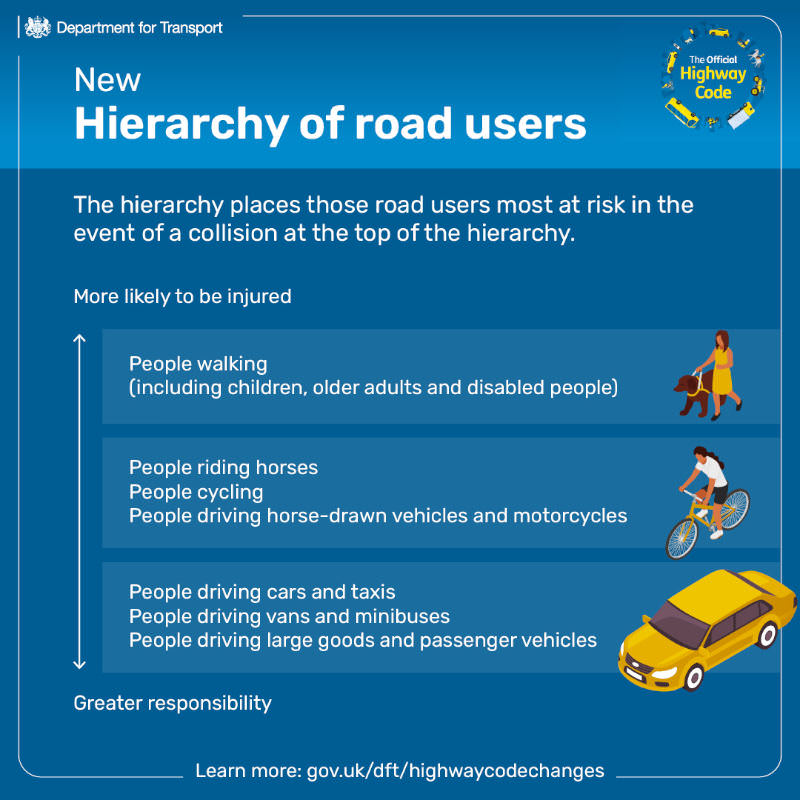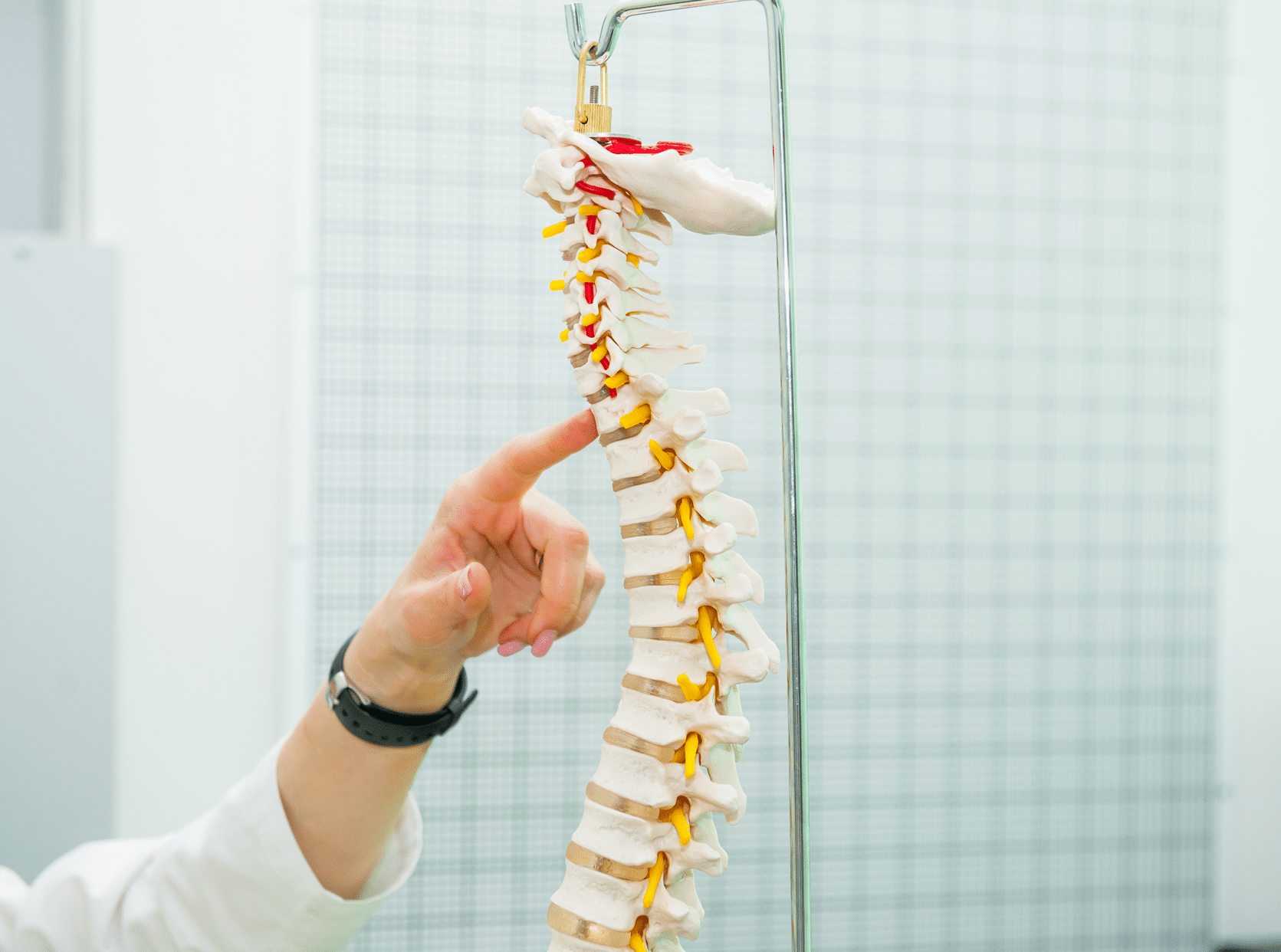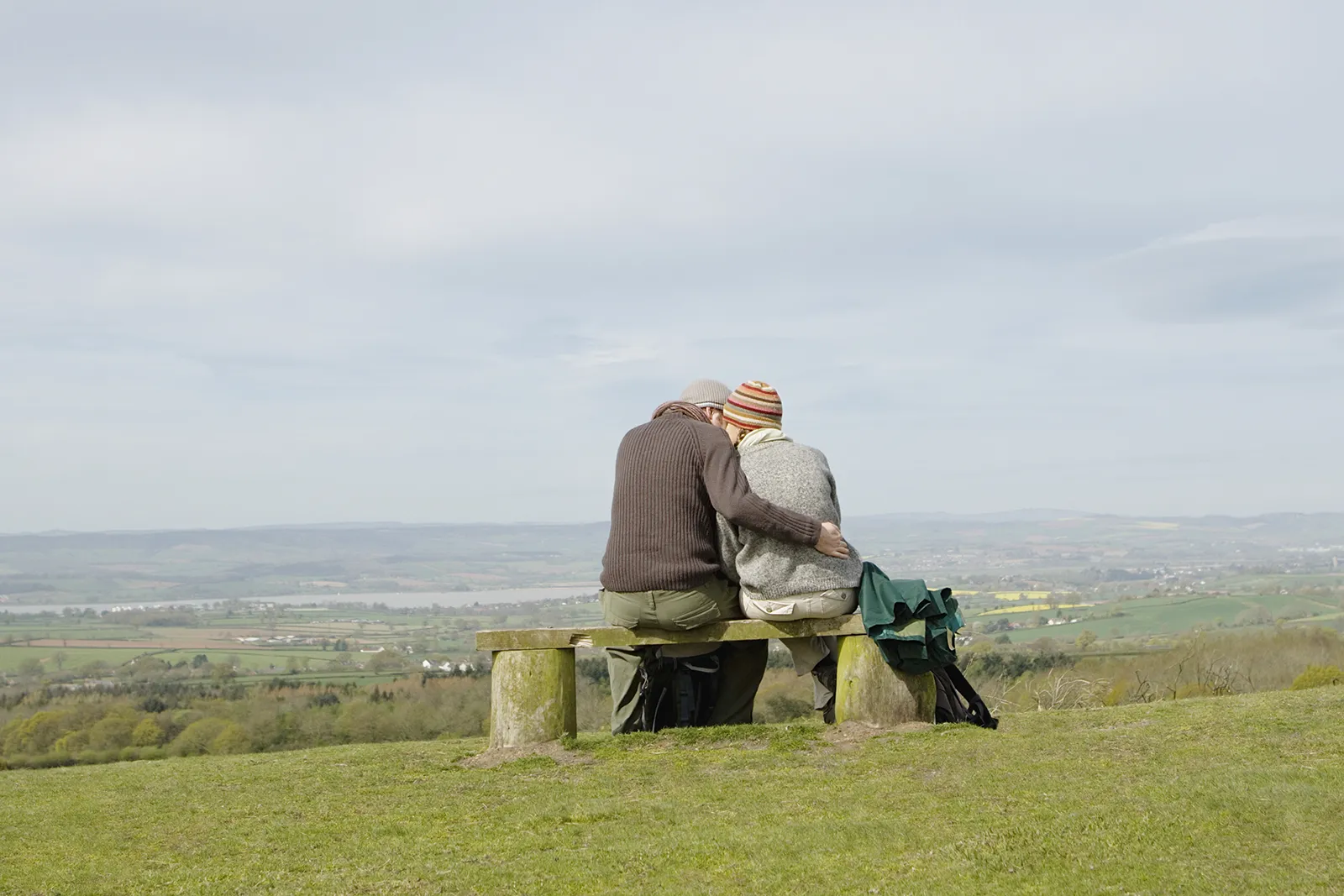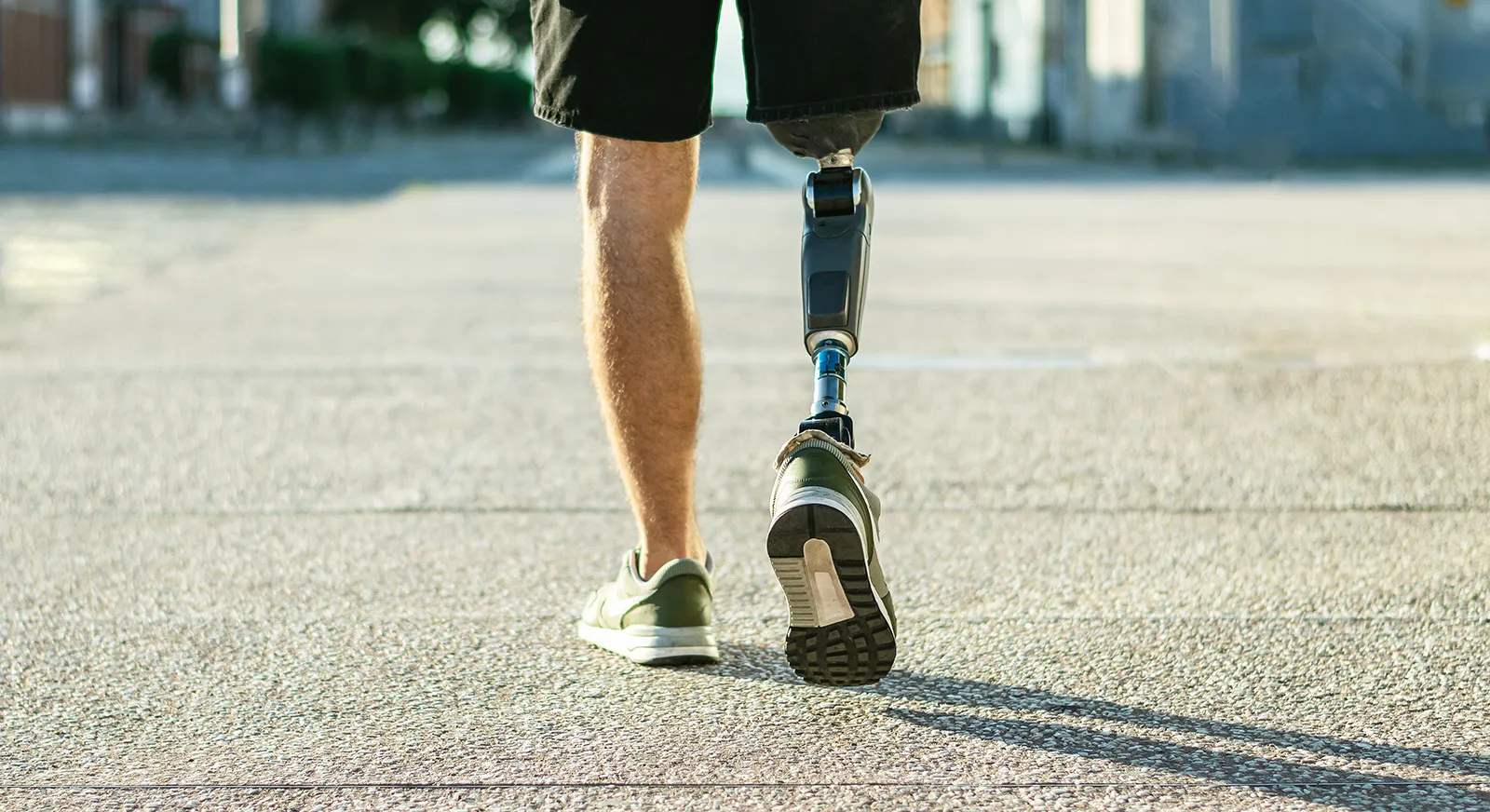As a personal injury lawyer I am forever badgering loved ones about road safety! From my work in road traffic accident claims and pedestrian accident claims, I’m all too aware of the dangers people face on the roads.
To give you a brutal statistic, according to the road safety charity Brake, on average, 5 people die every day on the road in the UK and 84 are seriously injured.
As road users and as pedestrians in the 21st century, we are more easily distracted than ever before – with smartphones, Bluetooth headsets, satnav’s and the like. And so, for my friends and family, this means they have to put up with my constant reminders to stop and check the road is clear when crossing – even when at a zebra crossing or when the green man lights up!
In January 2022, the Department for Transport made changes to the Highway Code. In total, 10 sections of the Highway Code were updated, with 50 rules being added or revised.
One of the key changes was to implement a hierarchy of road users in an effort to improve road safety for people walking, cycling, and horse riding. The most vulnerable road users are at the top; pedestrians, as you would expect, followed by cyclists and so on. The full hierarchy is here:
Watch this space for where e-scooters and e-bikes will fit into the hierarchy as our travel options continue to evolve. We wrote about the road safety risks of e-scooters in our blog here.
Pedestrian safety
Looking specifically at pedestrian safety, the Code states if you are a driver, motorcyclist, horse-drawn vehicle, horse rider or cyclist that:
- At a junction you MUST give way to pedestrians CROSSING a road into which or from which you are turning
- You SHOULD give way to pedestrians WAITING TO CROSS a road into which or from which you are turning
- You MUST give way to a pedestrians ON a zebra crossing and to pedestrians and cyclists on a parallel crossing
- You SHOULD give way to pedestrians WAITING TO CROSS a zebra crossing and to pedestrians and cyclists on a parallel crossing
The advice to pedestrians is that they should cross at a place where drivers can see them and to wait until traffic has stopped from both directions or the road is clear before crossing (remember traffic does not have to stop until someone has moved onto the crossing).
This screams common sense but it is worth a reminder of the rules. Working in the industry, it is simply shocking how many people are hit crossing the road or knocked off their bike in a cycling accident. Accidents are avoidable.
Cyclist safety
Looking at the safety for cyclists, the main changes were: –
- Cycle lanes – cyclists are “not obliged to use them”. Often they can be very narrow
- Cyclists can cycle in the middle of the lane, where they can more easily be seen
- Cyclists may pass slower moving or stationary traffic on their right OR left – with caution
- Cyclists can ride in groups but to be considerate of other road users if doing so
- They can ride 2 abreast (which can be safer when cycling with children)
- Be aware of drivers behind them and allow them to overtake (single file or stopping) when safe to do so
- When passing parked cars, to allow a door’s width or 1 metre to avoid being hit if a car door opens
On a roundabout – cyclists can use any lane regardless of which exit they are taking. This is not a change to the existing Code but I feel is worth a reminder. So essentially they could stay in the left-hand lane the whole way round. They should be given priority here (although must signal right to show others that they are not leaving the roundabout).
The Code has been updated to clarify that people driving or riding a motorcycle should give priority to people cycling on roundabouts. The new guidance will say people driving, or riding a motorcycle, should:
- not attempt to overtake people cycling within that person’s lane
- allow people cycling to move across their path as they travel around the roundabout
Road safety campaigns
As part of the updates to the Highway Code, THINK! ran a campaign for 6 weeks in July and August last year called ‘Travel Like You Know Them’. The campaign aimed to improve road safety for pedestrians, cyclists and horse riders, encouraging all road users to do exactly that and look after others’ safety as you would if you were connected to them. Its approach was similar to the roadwork signs along the M1 for the installation of smart motorways, which depicted a child with a hard hat stating ‘My Daddy Works Here, Please Drive Safely’. Make it personal.
If you didn’t catch the 30-second YouTube video on the ‘Travel Like You Know Them’ campaign, you can watch it here.
The ‘Dutch Reach’
Another safety aspect introduced was the ‘Dutch Reach’ technique. The Code recommends using this method when leaving vehicles. Where drivers or passengers in a vehicle are able to do so, they should open their door using their hand on the opposite side to the door they are opening. This will make them turn their head to look over their shoulder behind them. They are then less likely to cause injury to vulnerable road users. Several years ago, we wrote a blog about how this technique could save the lives of cyclists.
Finding out more
For full details of the updates to the Code last January, visit the government’s page on the changes.
Compare The Market has also created an informative guide called Share the Road: Cyclist & Pedestrian Safety Awareness for Drivers which goes into further detail about the Highway Code and road safety.
If you are unfortunate enough to have been the victim of a road traffic accident, please do get in touch with us. Our experienced personal injury team will be able to offer you advice and support.
Further Reading
From one of the UK’s most read legal blogs.











